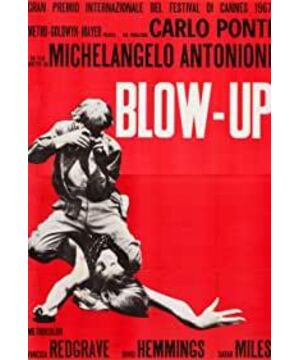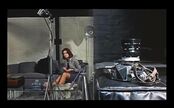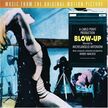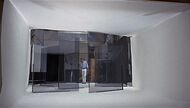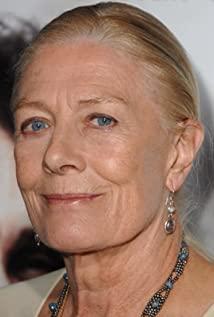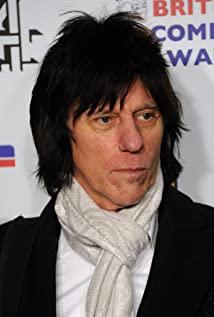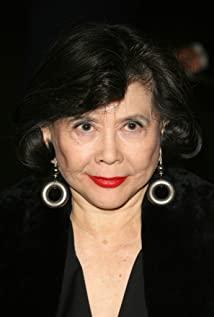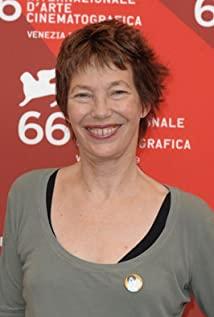In the movie "Blow-Up" (1966), Antonioni provided a new film perspective and gave it possibilities. Later film creators stood on the shoulders of giants. After the advent of "Blow-Up" Ten years has carried on the continuation and re-creation of its spiritual connotation to varying degrees.
One: The Conversation-Sound
In "The Conversation" (1974), Francis Ford Coppola took another interpretation of the spiritual connotation and deep narrative of "Blow-Up". In "Blow-Up", the death of the image evokes the collapse of the mental world, and in this part it is also the collapse of the mental world (or the collapse of the self-recognition system), but the difference is that the two selected The entrance is different, so the final effect will be different.
In "The Conversation", the director uses the characteristic of "eavesdropping" to separate the sound from the video. The voices of the past are always lingering in the present dilemma. The gap between the past and the present is opened by the voice. Therefore, the characters will affect the current behavior due to the past voices; and the past voices unearthed new interpretations in the continuous review and repetition. , To further promote the development of film narrative/plot. And the protagonist Harry is also going to a dead end in the slow changes of various fragmented local plots. The gradual collapse of the self-cognition system (same as the spiritual world of the protagonist Thomas in "Blow-Up") stems from the deviation formed by the external world and self-cognition. , Getting deeper and deeper in the deepening plot, falling into a whirlpool, and being destroyed in it.
Not only is the entry point different, "The Conversation" also moves towards the back of "Blow-Up" in the deep narrative. Contrary to the loose or even arbitrary narrative structure is a genre machine that operates like a plot system. Coppola can always find the most accurate touch point in the context of a genre. Therefore, every segment and every paragraph of "The Conversation" The plots all demonstrate the charm of the film type "eavesdropping film".
However, Coppola did more than that. Later, the tone of the type gradually changed. After a series of lens focus wandering, the camera refocused on Harry. The original horror temperament was gradually enlarged to the level of psychoanalysis, and there were also changes that followed. Movie context.
At this latitude, Coppola's deformed interpretation of "Blow-Up", or "magnification" in different eras, Antonioni magnified the confusion and nihilism of a generation, while Coppola caused a generation of technological panic. Of course, both of them have the same high profile. Thomas and Harry both symbolize the elite class. The high profile of the two makes a deafening sound of the era for the final fall .
Two: Blow Out-Meta Movie
To a certain extent, Brian De Palma did not provide any new perspectives and new creative lines in his masterpiece "Blow Out", but he merged the writing thinking of the first two, and blended meta movies, tribute to Hitchcock, etc. And other shadow elements make it a popular "Blow Up" in the 1980s.
First of all, it is the use of "Blow Out" and "The Conversation": if "Blow Out" deconstructs the image, it questions the authenticity of the image itself; "The Conversation" deconstructs the sound, and the connection between sound and reality Discussed, then this film is to separate the two and then recombine——
It is generally believed that film is a sensory art composed of "pictures" and "sounds." Palma is dedicated to exploring the interplay between the two, which complements its own meta-film positioning. Antonioni and Coppola both use the shell of the genre to elicit inspiring thoughts. Palma is far less bitter than the two. He is more inclined to inject his love for movies while positioning himself for entertainment. Although "Blow-Up" and "The Conversation" are considered to have the possibility of meta-movie interpretation, their self-referentiality, media reflexivity, and meta-movie tendencies are the strongest of the three.
Palma pulls out the "sound" that constitutes the complete sensory art, and uses the characteristics of sound to further expand the narrative whirlpool of the tense plot to the past and the present, moving in an unpredictable direction, and local events are constantly retrospecting/separating the sensory experience The misalignment (or even the opposition) between the “picture” and the “sound” has become an important clue to correct the plot of the movie. The loop of viewpoints formed around this clue is progressive, and finally the two are combined by film methods. Recombination finally constitutes a complete sensory art.
And Palma’s passion for film art needless to say, but in this film, he completely got rid of off-site background information and successfully entered the film, injecting this enthusiasm into the narrative, so the emotions of the characters are implicated by their emotions. Go forward and always precede the dialogue and action.
Of course, this situation is not uncommon. Just like Qiu Litao in "Bomb Disposal Expert 2" (2020), he also let the overall emotions lead the characters forward.
Three:The final chapter
The greatness of Antonioni’s film lies not only in the film itself, but also in its profound influence on the history of film. It has provided future film creators with an example worthy of reference and learning, and will always shock the world film world with a harsh sound. .
View more about Blow-Up reviews


